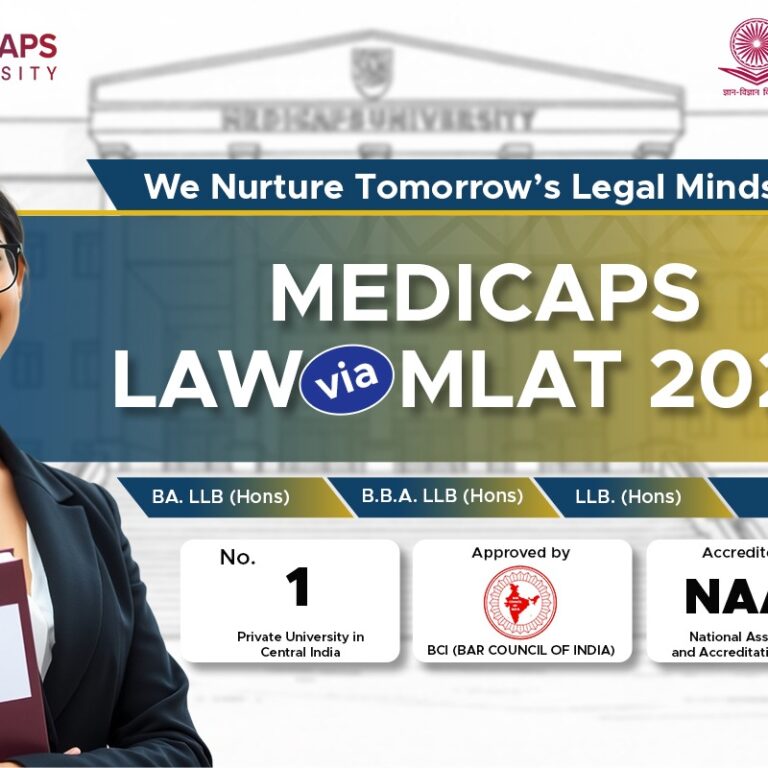Are Rough Sheets Provided in CLAT?

When preparing for the Common Law Admission Test (CLAT), candidates often have many questions regarding what is allowed in the examination hall, particularly concerning rough sheets. In competitive exams like CLAT, where every second counts, understanding the resources available to you, such as rough sheets, is important for effective exam strategy. This article will explore whether rough sheets are provided during the CLAT exam, how they can be used and the guidelines surrounding their usage.
Are Rough Sheets Provided in CLAT?
Yes, rough sheets are indeed provided during the CLAT exam. These sheets are given to candidates by the examination authorities before the start of the exam. The primary purpose of these rough sheets is to allow candidates to perform rough calculations, sketch diagrams or jot down quick notes that help in answering the questions. However, it is important to note that there are specific guidelines and restrictions that candidates must adhere to when using these rough sheets.
Guidelines for Using Rough Sheets During CLAT
While rough sheets are provided for your convenience, there are clear rules governing their use:
Provided by the Examination Authorities
The rough sheets are handed out by the invigilators before the exam begins. It is important that you collect these sheets and keep them with you during the entire exam duration. You are not allowed to bring your own rough sheets or any other additional stationery into the examination hall.
Size and Type of the Rough Sheet
The rough sheets provided during the CLAT exam are typically A4-sized and blank. They do not contain any lines, grids or pre-printed content. This blank space allows you the flexibility to use the sheet as needed for different types of rough work.
Limited Number of Rough Sheets
Generally, candidates are provided with a limited number of rough sheets at the start of the exam. If you find that you need more sheets during the test, you can request additional sheets from the invigilator. However, be mindful of how much rough work you do, as excessive requests for extra sheets might be viewed as unusual behaviour.
Usage Restrictions
The rough sheet is strictly meant for rough work, such as calculations, sketching or drafting ideas. It is important to understand that these sheets should not be used to write your final answers, make notes for later reference or as a cheat sheet. Any attempt to misuse the rough sheet could lead to disciplinary action, including disqualification from the exam.
Submission of Rough Sheets
At the end of the exam, all rough sheets, whether used or unused, must be submitted to the invigilator. Failure to return the rough sheets may result in penalties, as this is a mandatory requirement set by the examination authorities.
The Importance of Rough Sheets in CLAT
Rough sheets, though often overlooked, can play a significant role in helping you organise your thoughts and calculations during the CLAT exam. Here’s how:
- Organised Work: Keeping your rough work separate from your answer sheet ensures that your final answers remain neat and clear. This can be particularly beneficial in sections like logical reasoning or quantitative techniques, where rough calculations are often necessary.
- Space for Calculations: In sections like quantitative techniques or logical reasoning, you may need to perform calculations or work through complex problems. The rough sheet provides ample space for this, allowing you to keep track of your work without cluttering your answer sheet.
- Brainstorming Ideas: During the essay or descriptive sections of the exam, the rough sheet can be an invaluable tool for jotting down key points, outlining your thoughts or brainstorming ideas before you commit them to your answer sheet. This can help you structure your essay more effectively and ensure that you don’t miss any critical points.
Best Practices for Using Rough Sheets in CLAT
To make the most of the rough sheets provided during the CLAT exam, consider these best practices:
- Prioritise Clarity: Use the rough sheet to break down complex problems into smaller, more manageable parts. This will help you approach each question with clarity and precision.
- Manage Your Time: While the rough sheet is useful, be mindful of the time you spend on it. Use it to quickly jot down ideas or perform calculations, but don’t let it consume too much of your time.
- Review Before Submitting: Before the exam ends, quickly review your rough sheet to ensure that you haven’t mistakenly used it for anything other than rough work. This will help you avoid any potential issues when you submit it to the invigilator.
Calling all law aspirants!
Are you exhausted from constantly searching for study materials and question banks? Worry not!
With over 15,000 students already engaged, you definitely don't want to be left out.
Become a member of the most vibrant law aspirants community out there!
It’s FREE! Hurry!
Join our WhatsApp Groups (Click Here) and Telegram Channel (Click Here) today, and receive instant notifications.





